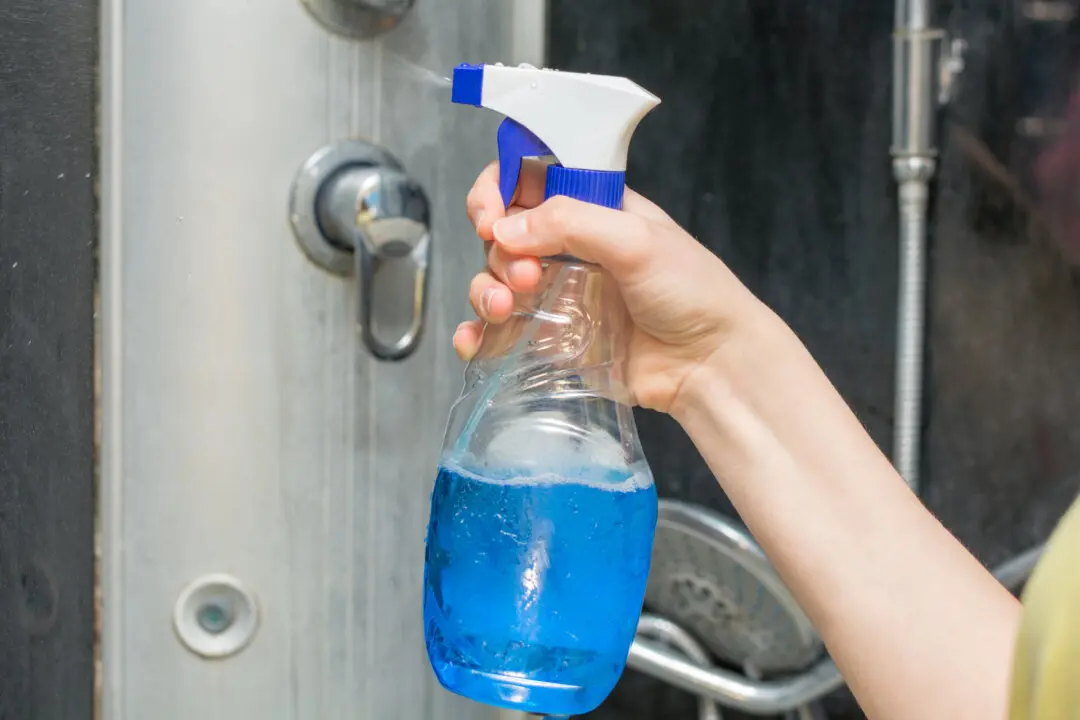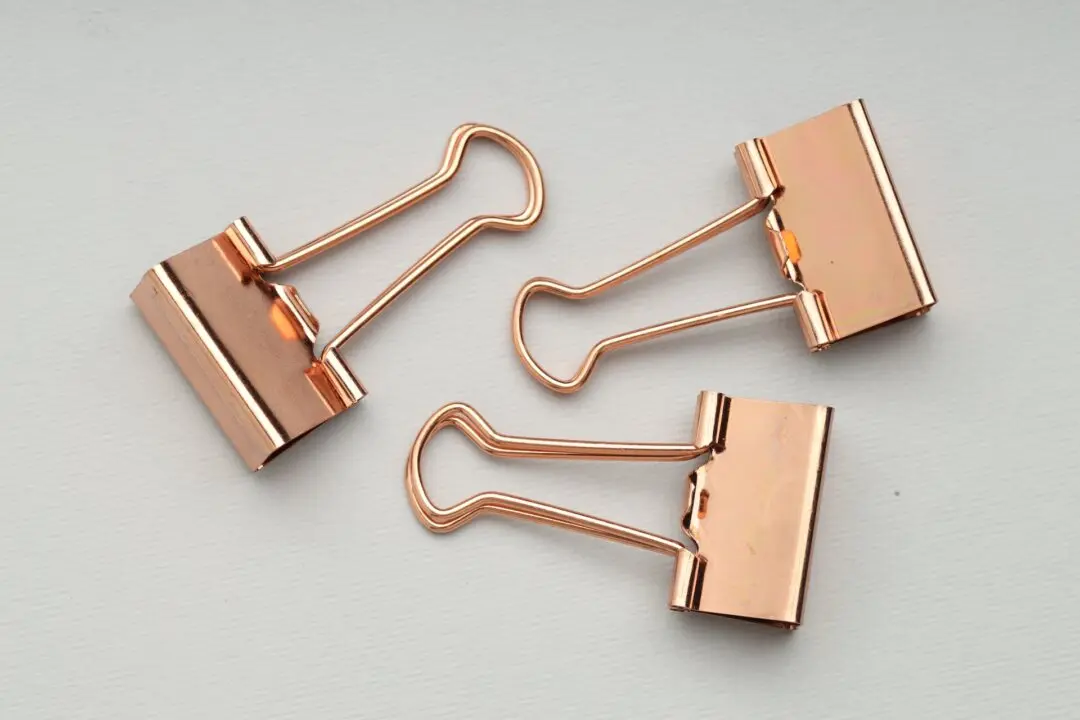Call me picky, but I prefer my greens to be those of the garden variety, not something growing on my cheese.
Don’t you just hate when that happens? You buy a block of cheese, and before you can use it up, it turns into something that looks more like a science fair project than a tasty dairy product.





